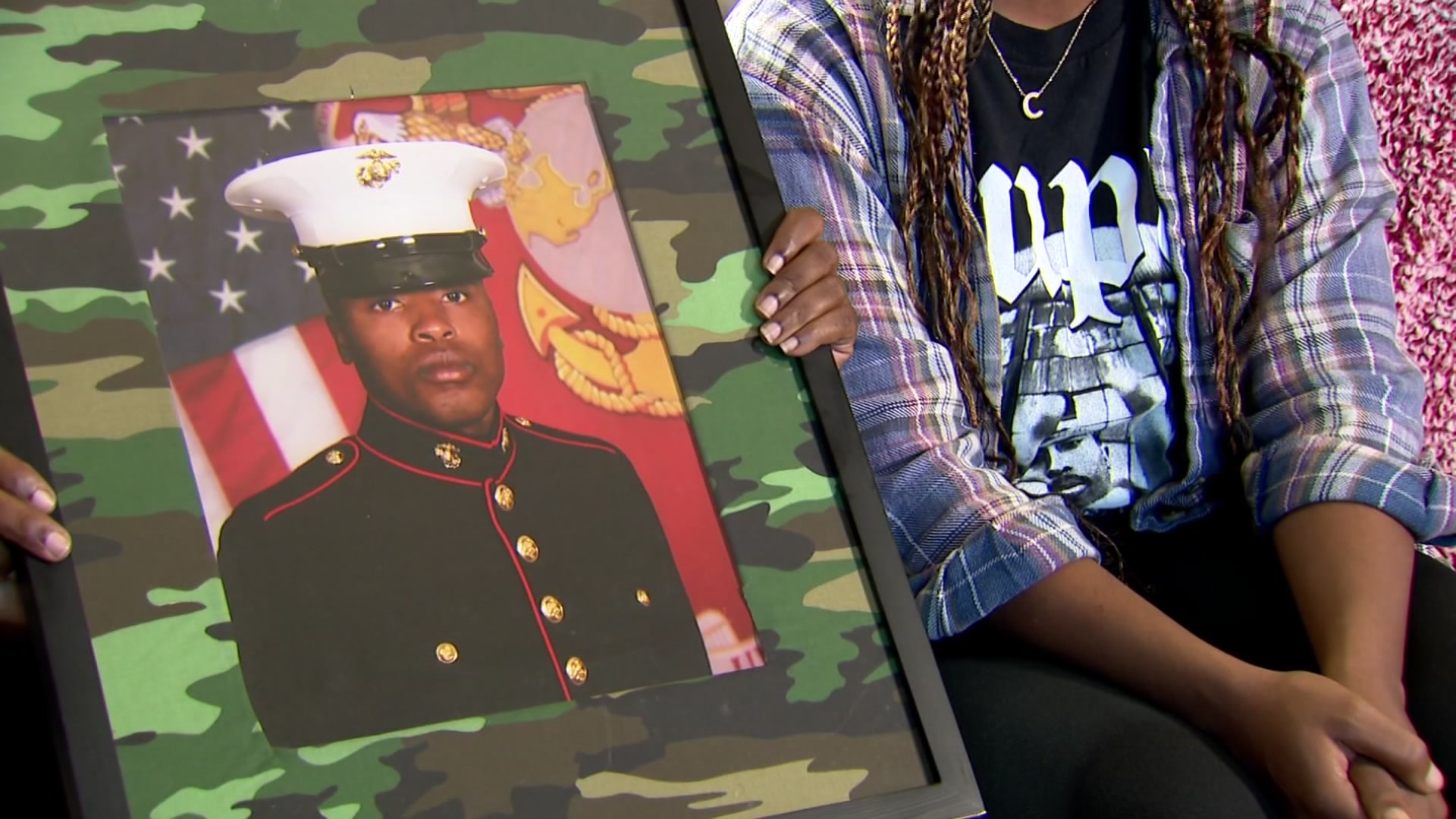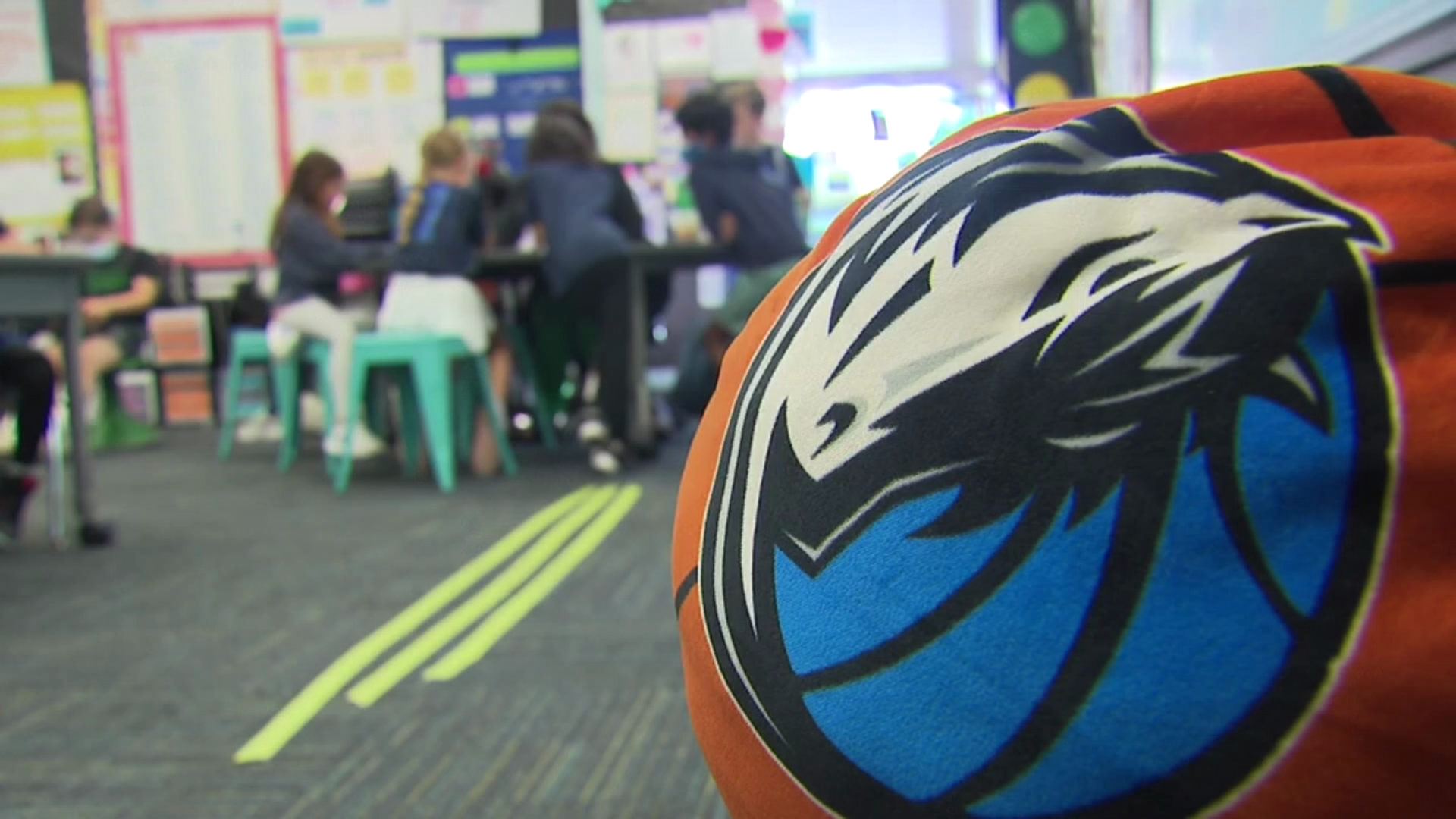On Wednesday, the city of Dallas released an educational video about the state's new open carry law, which takes effect January 1.
The city said it's been busy training 311 call takers on the new laws, so they can better answer questions from frightened residents.
911 operators are also being re-trained.
"Training our 911 operators is an important part of making this a successful transition," said Deputy Police Chief Jeff Cotner, who helps run the Police Academy and oversees officer training programs. "When citizens are calling the police about seeing someone with a gun, our 911 operators will be informed and they will have an FAQ [frequently asked questions] page to assist them.”
Deputy Police Chief Jeff Cotner says every officer, all 3,500 of them, are also getting specialized, focused training this month.
First, officers are reading legal briefs about open carry, and are reviewing those informational documents with supervisors at the daily roll-call meetings.
"We want them to have a conversation about it," Cotner said.
Local
The latest news from around North Texas.
There’s also PowerPoint presentations that officers must look at. Police administrators have been working closely with city leaders on creating a public FAQ sheet.
Perhaps most importantly, Cotner said, officers have to watch several training videos --each video-- reviews a scenario where an officer encounters someone who has a gun, and at first police don’t know if they’re licensed.
"The videos show three different scenarios: the officer views activity himself; they’re dispatched to an activity; or they’re making a traffic stop. So those are our three scenarios," he said. "The videos are on the department-only Intranet sites, so officers can review them again if they want."
Police say they’re also training 911 operators on how to deal with an expected uptick in calls, especially in the first few weeks after the law takes effect.
Cotner says police won't come out if a person is reporting only seeing a holstered gun from a fellow customer or a passerby on the street.
"There has to at least be threatening or suspicious behavior. Just like in any other crime. Seeing a holstered weapon on the belt isn't enough," he said. "But if we hear a specific and credible call about threatening activity, let's say, then we're definitely out there. And if that gun isn't holstered like the law requires, we will respond quickly and effectively," he added.
If police respond to a call, Cotner explained, the officer will explain that someone called police on the gun-holder and reported suspicious activity, and then will generally follow-up by asking to see the gun holder's license.
The folks who open carry are licensed, they know what the law is. We have a positive relationship with most of those folks, because they care about gun safety," he said. "So that's why I don't think there's going to be a big problem."
Cotner does expect that in the first few weeks of January, the numbers of 911 calls will increase, but he said it's hard to quantify a number, and if it'll impact 911 response times to other crimes.
"I don't have anything to indicate that we're suddenly going to get inundated with calls," he said. "But I'm sure we'll get more calls. We'll respond to them, and we'll be effective."
Some police departments around the state expressed concern about ambiguity in the law.
"It has to be a belt holster but it doesn't necessarily have to be attached to a belt. It has to be a shoulder holster but it never says it has to be worn on the shoulder," San Antonio Police Captain Cris Andersen told NBC 5 earlier this month. "So interpretation is built into this bill."
Cotner believes the law is clear-cut.
"In order to open carry, It has to be in a belt holster. So, the law is indicating it has to be in your belt. Or a shoulder rig. And that includes when you're sitting in your car," he said.
Cotner said the department is also printing out hundreds of pamphlets on open carry laws that patrol officers will hand out to the public when appropriate.



